
Agregue un acceso directo a Club de Expertos 

Agregue un acceso directo a Club de Expertos 

Agrega un acceso directo a Club de Expertos: presiona  y luego agrégalo a tu pantalla de inicio.
y luego agrégalo a tu pantalla de inicio.
Al continuar, usted acepta los Términos del servicio y la Política de privacidad de Club de Expertos.

Conozca los artículos desarrollados por nuestros expertos en dermatología pediátrica
Escrito por: Clarence de Belilovsky, M.D.
Especialidad: Dermatóloga. Responsable de comunicación científica en Laboratorios Expanscience.
Fecha de publicación: 26-11-2021
Escrito por: Clarence de Belilovsky, M.D.
Especialidad: Dermatóloga. Responsable de comunicación científica en Laboratorios Expanscience.
Fecha de publicación: 26-11-2021
The sense of touch is the first to develop during pregnancy. During 7-8 weeks there is tactile perception of the perioral area, at 11 weeks there is tactile perception of the face, palms of the hands and soles of the feet and at 20 weeks there is a complete development of the whole body and membranes.1
During infancy, the affective touch in children helps to develop the “social brain” that builds interpersonal communication, skin-to-skin contact plays a very important role in both premature infants and babies in normal term.2-3
Premature and at risk neonates:4
On term neonates:4
Mustela massage oil contains sunflower, avocado, punic seed oil. It was dermatologically tested in children between day and 1.9 years every day obtaining favorable results.
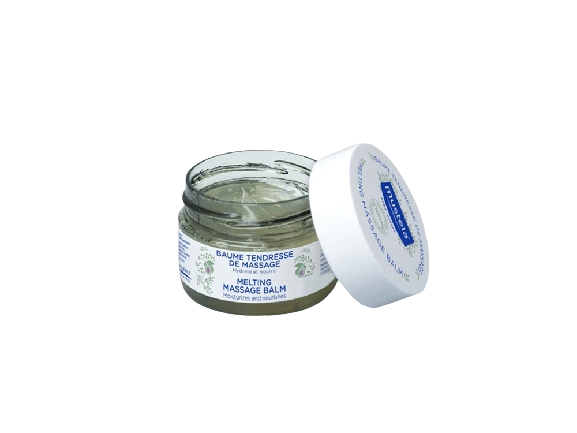
With the new Mustela massage balm, in this study 75 children from 7 days of birth to 24 months were analyzed, with a daily massage for 21 days, after bathing and before sleeping; no instructions were given for massage and evaluations were made at 7 and 21 days. The facial reactions of the parents during the massage were recorded, the emotions were calculated using an artificial intelligence algorithm based on deep learning.
COMPOSITION:
9 ingredients:
Massage balm: Results after 21 days
The tolerance of the product in the massage was favorable, improving redness, dryness, roughness and elasticity, as we can see in the following graphs.
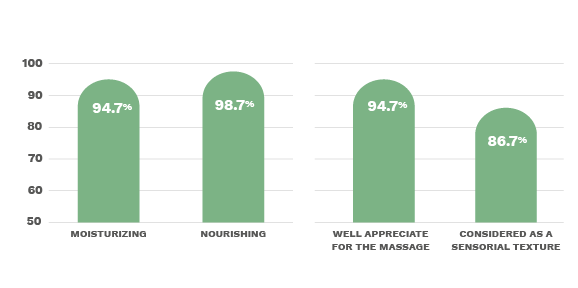
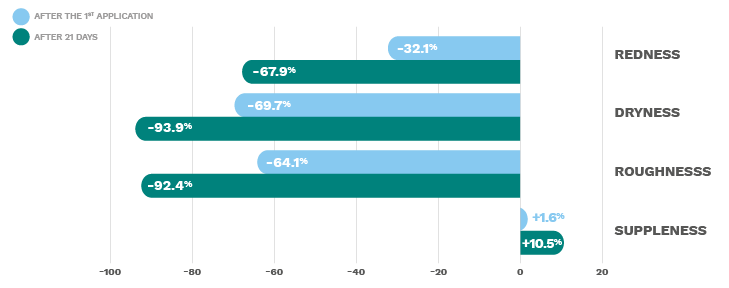
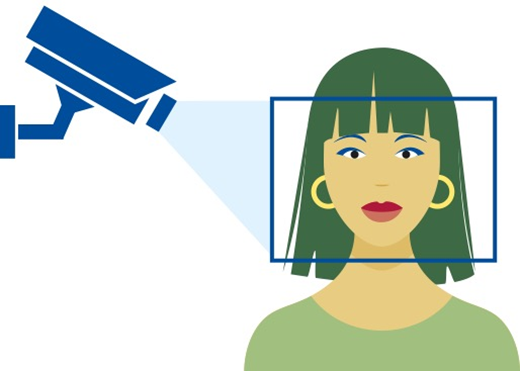
AFETS: Advanced Facial and Eye Tracking System
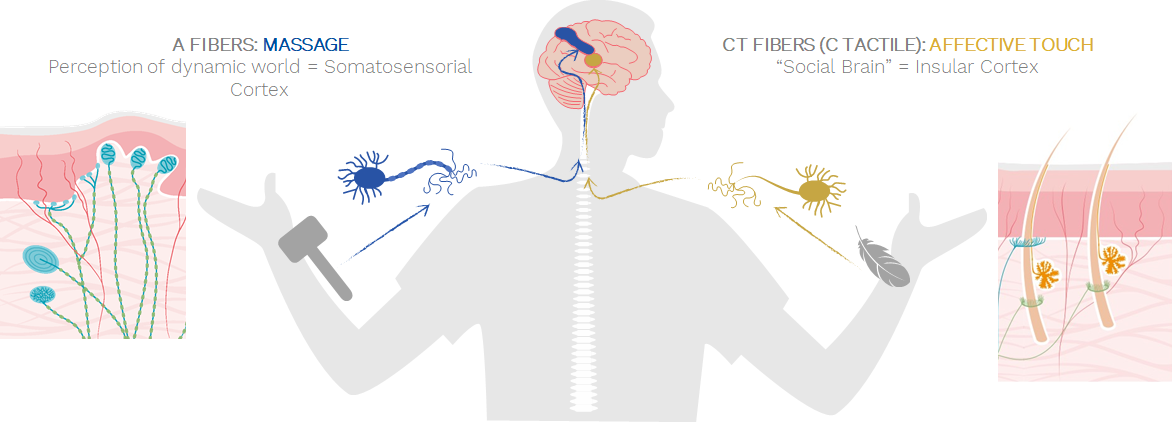
Interpersonal communication, to build2,3
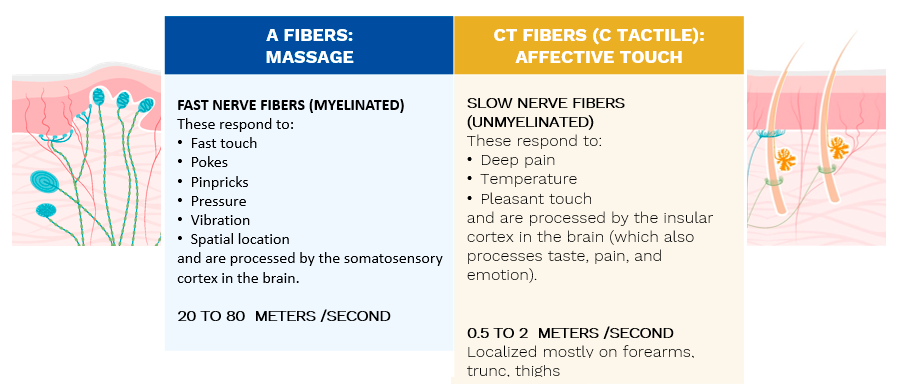
Role of skin-to-skin4
ON PREMATURE
ON-TERM NEONATES
TOUCH by Pr. Tiffany Field2,3
1 Busnel MC and Héron A. Le développement de la sensorialité fœtale. Article publié dans LA NAISSANCE : histoire, cultures et pratiques d’aujourd’hui. R. Frydman & M. Szejer, Albin Michel 2010:633-643
2 McGlone F, et al. Discriminative and affective touch: sensing and feeling. Neuron 2014;82(4):737-55.
3 Hertenstein MJ, et al. The communicative functions of touch in humans, nonhuman primates, and rats: a review and synthesis of the empirical research.Genet Soc Gen Psychol Monogr 2006;132(1):5-94.
4 Cleveland L, et al. Systematic Review of Skin-to-Skin Care for Full-Term, Healthy Newborns. J Obstet Gynecol Neonatal Nurs 2017;46(6):857-869
No hay comentarios aún.
Comentarios
No hay comentarios aún.